The outpouring of international charity for the victims of the Asian disasters is a clear sign that we humans are capable of enormous empathy
and generosity.
But the near-instant world reaction should go even farther. Now, the world’s eyes are turned on an area of the globe where poverty, disease and underdevelopment cripple societies, whether the world is looking or not.
The fact is there are more than 1.2 billion people living on less than $1 per day. The task of riding the world of the scourge of grinding poverty was long thought to be a problem too massive, too overpowering for any organized effort to even attempt to solve.
However, in our world that today seems so destructive, so bitter and so sad, there is some good news. There is a highly effective worldwide anti-poverty program now operating that is called microcredit. This functions by creating small loans (some less than $50), primarily in Third World countries, with those loans targeted to the poorest of the poor.
By conventional banking standards, these loans could never be made, and the charge is, if made, would never be repaid. Today there are more than 3,000 microlending organizations and over 80 million of these loans have been made in over 65 countries, with an average repayment rate in excess of 90 percent.
More than 95 percent of these loans were made to women who in the past were chattels in a male dominant home, often beaten and badly abused. Now their empowerment and enhanced self-esteem resulting from this program have brought women prestige, power and respect in their families and in their communities.
Although these microlending programs vary from country to country, depending on local cultures, most have a basic group of five borrowers, each with their own idea of what they might make, repair or collect to have a salable product. Since there is usually joint responsibility for the loans, this creates a functioning support system. Payments on the loans are made weekly.
I have seen women proudly make their installments and recite a list of social objectives that are a part of the program.
Tikkun olam, heal the world, is an ethic of our people, and there is no greater contribution to the repair of the world than combating this disease of world poverty. Microcredit is receiving increasing recognition as an effective anti-poverty weapon. And last month, the United Nations proclaimed the year 2005 as the International Year of Micro Credit.
The organization in which I am deeply involved has a target of 5 million loans to be made within five years, which will reach 20 million people and raise 10 million out of poverty. A remarkable goal — and we are on schedule.
I have visited microlending programs in China, Bangladesh, in Vietnam and, last month, in India. As an example of the work being done, I asked a woman in a village what microfinancing had done for her life.
She pulled me over to a tree and said that before she had taken her first loan, she lived under that tree for five years with no shelter whatsoever. She told me she used the loan to buy seeds and raise vegetables, which she sold. Then she took me to a tin-roofed hut and proudly showed me her home for herself and her family, which she had created from her business profits.
This remarkable program was created by professor Muhammad Yunus. He was teaching economics at a university in Bangladesh and visited a neighborhood village, where he saw a woman making reed baskets. He asked her how much she was earning, and she said five cents per day.
Amazed, he asked her why so little, and she replied that she bought the reeds from a man who required that she sell the completed baskets to him. Since he set both the buy and sell price, what she had left was five cents.
When Yunus asked her if she could sell the baskets herself, she replied yes, that is no problem. Then he asked her how much money she needed to be independent.
She said that she was one of 42 women working together and asked him to wait while she discussed it with her friends. She came back after a few minutes and said they needed $27 total for all 42 women to be independent.
Amazed, he gave her the money out of his pocket, came back a few weeks later and found her functioning very effectively and profitably. That was the inspiration for the creation of the Grameen (village in Bangali) Bank that today has more than 2 million borrowers and has made more than $4 billion in loans to the poorest of the poor.
A remarkable story about a remarkable man.
This work is a fulfilling experience at both the micro and the macro levels. The micro in that you are pulling people out of poverty one by one, totally changing the lives of these individuals and their families. Macro in that you are attacking a massive, worldwide problem that was once thought to be impossible to even approach.
A unique aspect of contributing to this cause is that the funds get used over and over. It is not like a normal charity, where no matter how wonderful it is, once the funds are given they are used, and there the chain stops without new funding.
But in microlending, the funds are repaid, then lent again and again. Thus, the programs have the potential and, in many sites around the world, are self-sustaining and need no further funding except for expansion purposes.
The images on our TV screens this past month should be a reminder of the awesome force of nature but also of the abiding poverty that afflicts too much of the world. There is no more appropriate and noble work than helping the poorest of the poor climb out of poverty and live happy, productive lives.
And there is no more effective way to do it on a personal level than microloans.
Richard Gunther is member of the board and former president of Americans for Peace Now, a member of the State of California’s Commission on Aging and founding chair of the Israel Economic Development Task Force in Los Angeles. He is also a board member of The Jewish Journal.








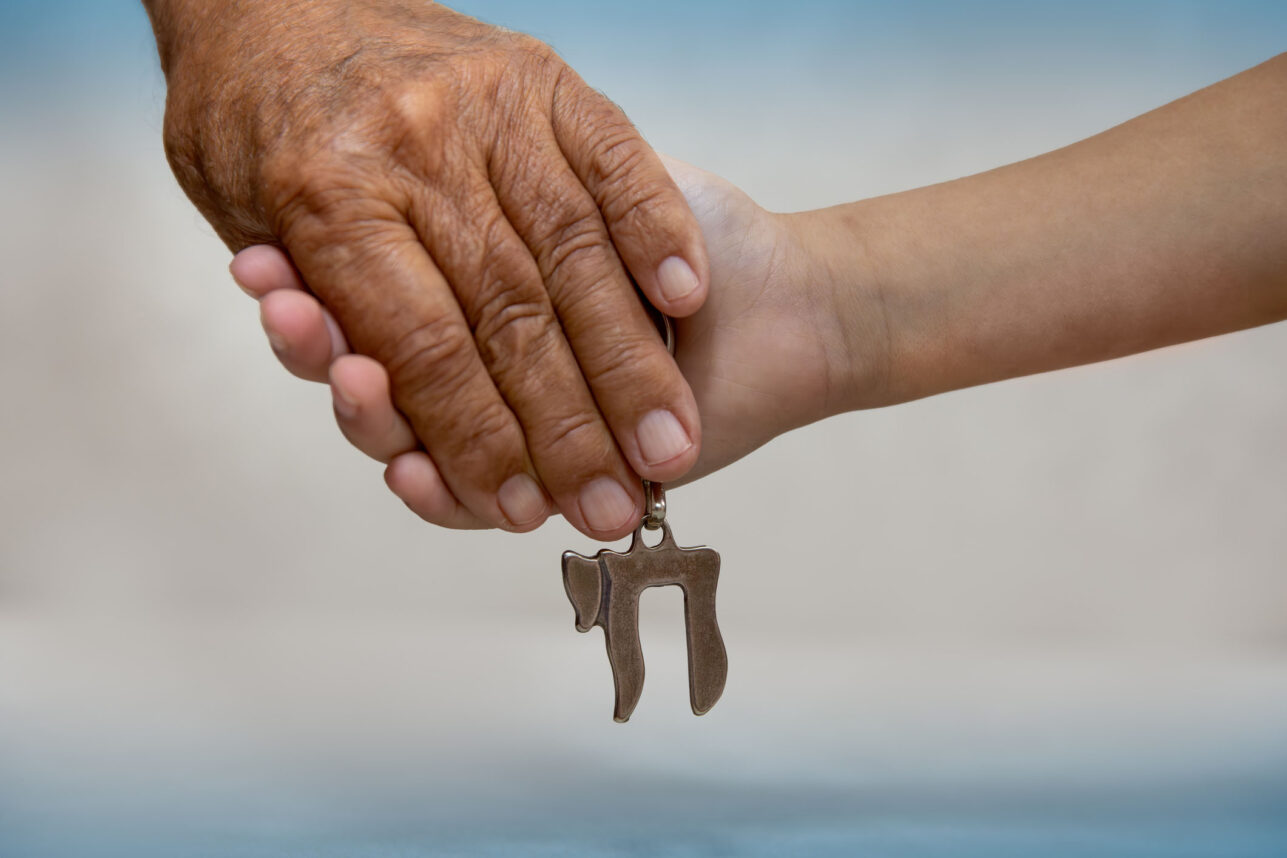
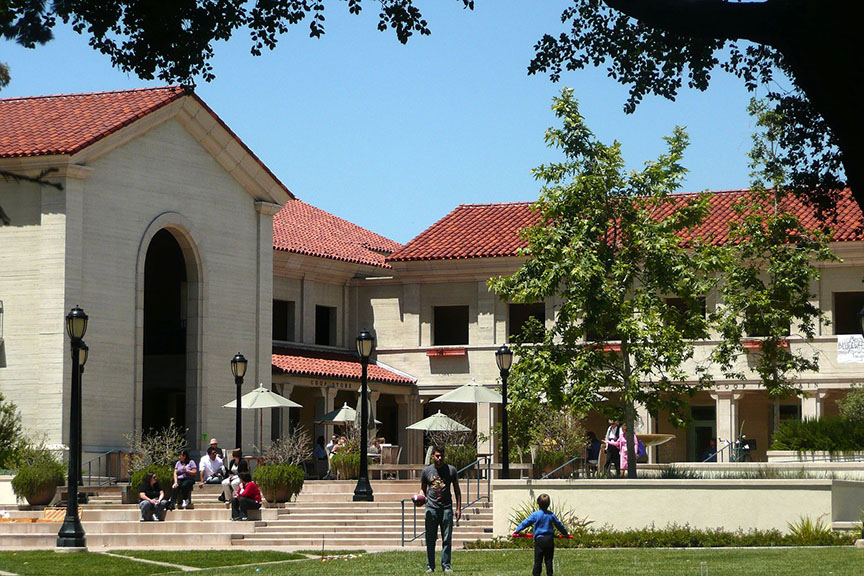
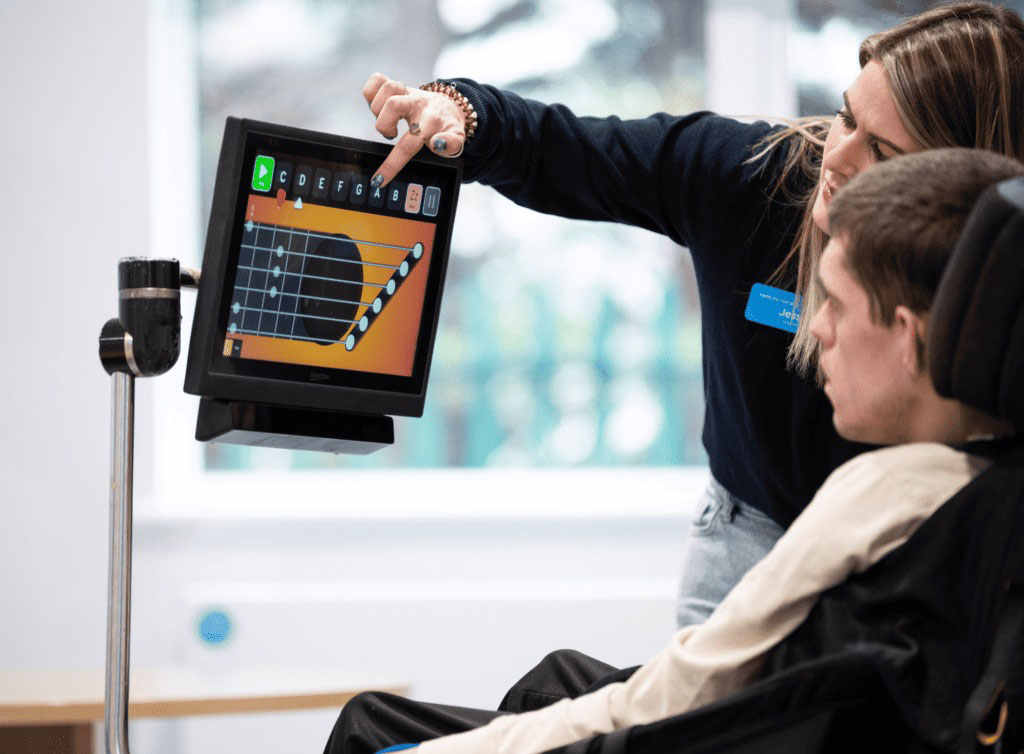
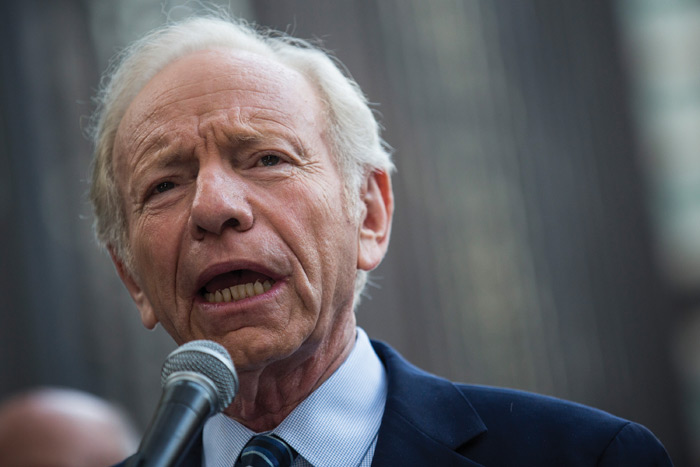



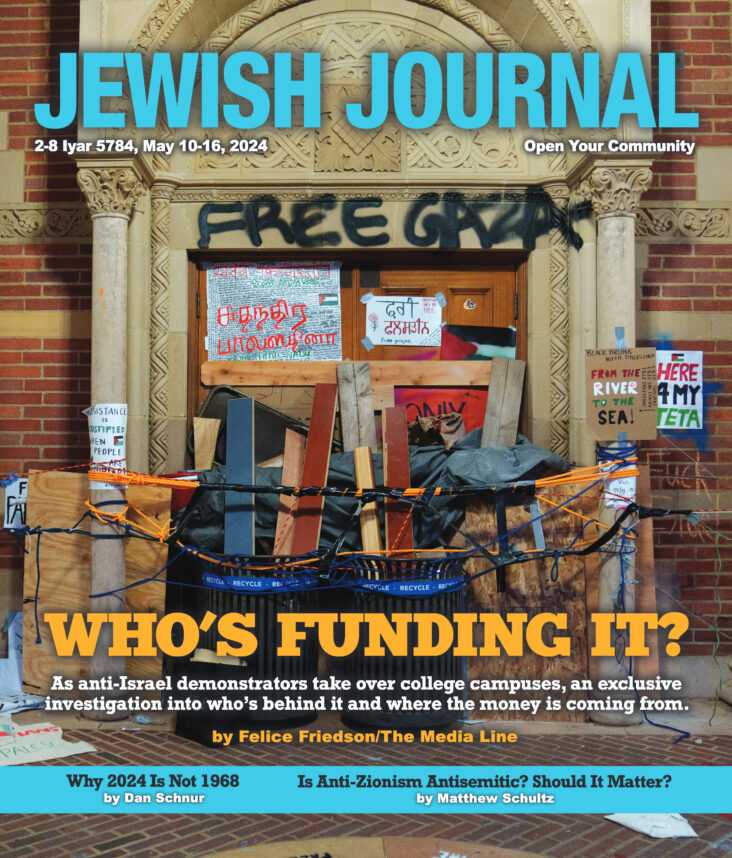






 More news and opinions than at a Shabbat dinner, right in your inbox.
More news and opinions than at a Shabbat dinner, right in your inbox.